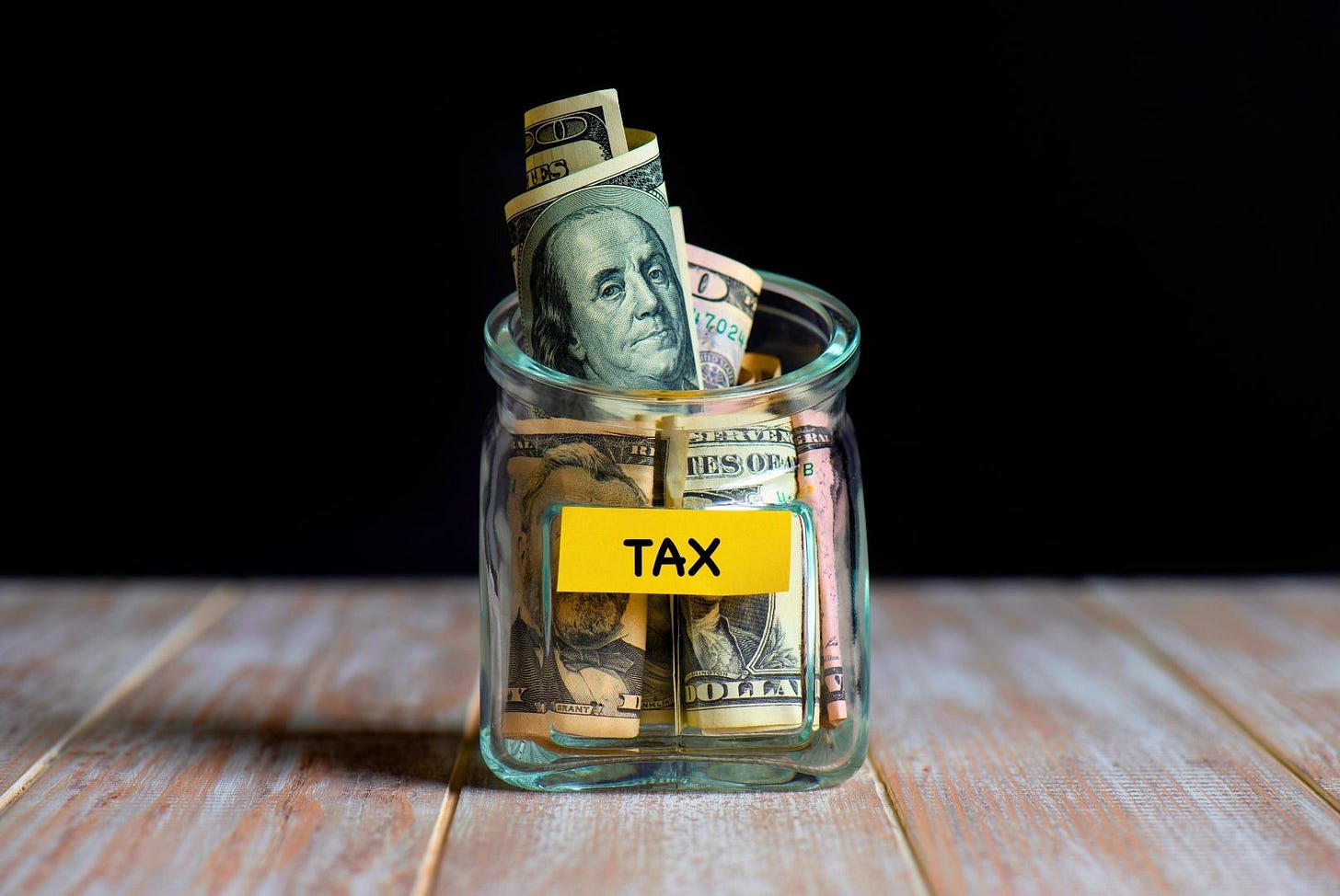The Hidden Economic Impact of Taxation
How taxation affects capital formation, entrepreneurship, and economic prosperity
The Great Fiscal Illusion
When government officials announce new spending programs, they often frame them as simple accounting transactions: moving resources from one part of the economy to another. The narrative typically highlights how the government is "investing" in infrastructure, social programs, or other initiatives that will supposedly stimulate economic growth and create jobs.
This perspective has become so commonplace that many Americans now view government spending as essentially neutral in its economic effect—money simply moves from private to public hands, but the total remains within the national economy.
But is this truly how our economic system works? Or does this perspective miss critical dynamics that fundamentally alter the productive capacity of our nation?
The Forgotten Taxpayer
The first major flaw in the "simple transfer" theory of government spending is that it focuses exclusively on the recipients of government funds while ignoring the sources. As the economist Frédéric Bastiat might put it, it considers what is seen while neglecting what is unseen.
When government takes $360 billion in taxes from a $1,500 billion economy, advocates claim only 24% of national income is being redirected. This statistic, while mathematically accurate, obscures the actual mechanics of the process. The government isn't transferring resources from an abstract entity called "the private sector" but from specific individuals and businesses with their own economic plans and incentives.
Keep reading with a 7-day free trial
Subscribe to The Voluntarist to keep reading this post and get 7 days of free access to the full post archives.


